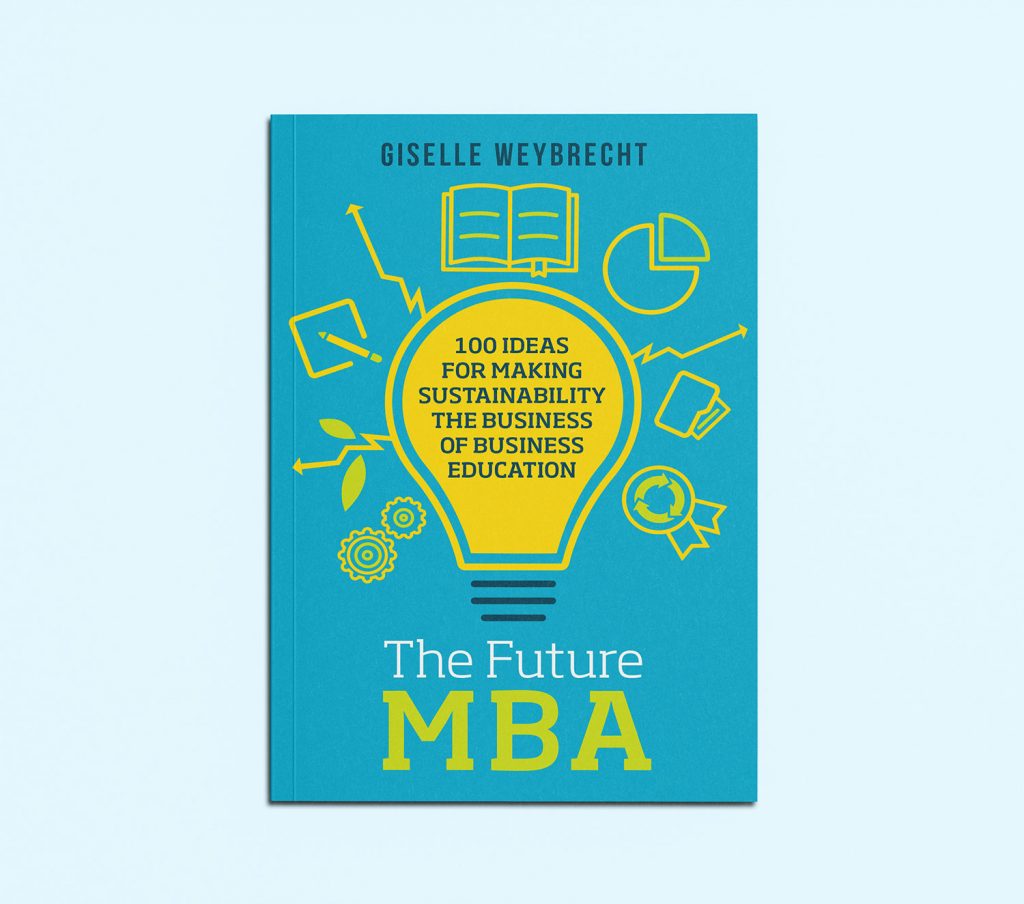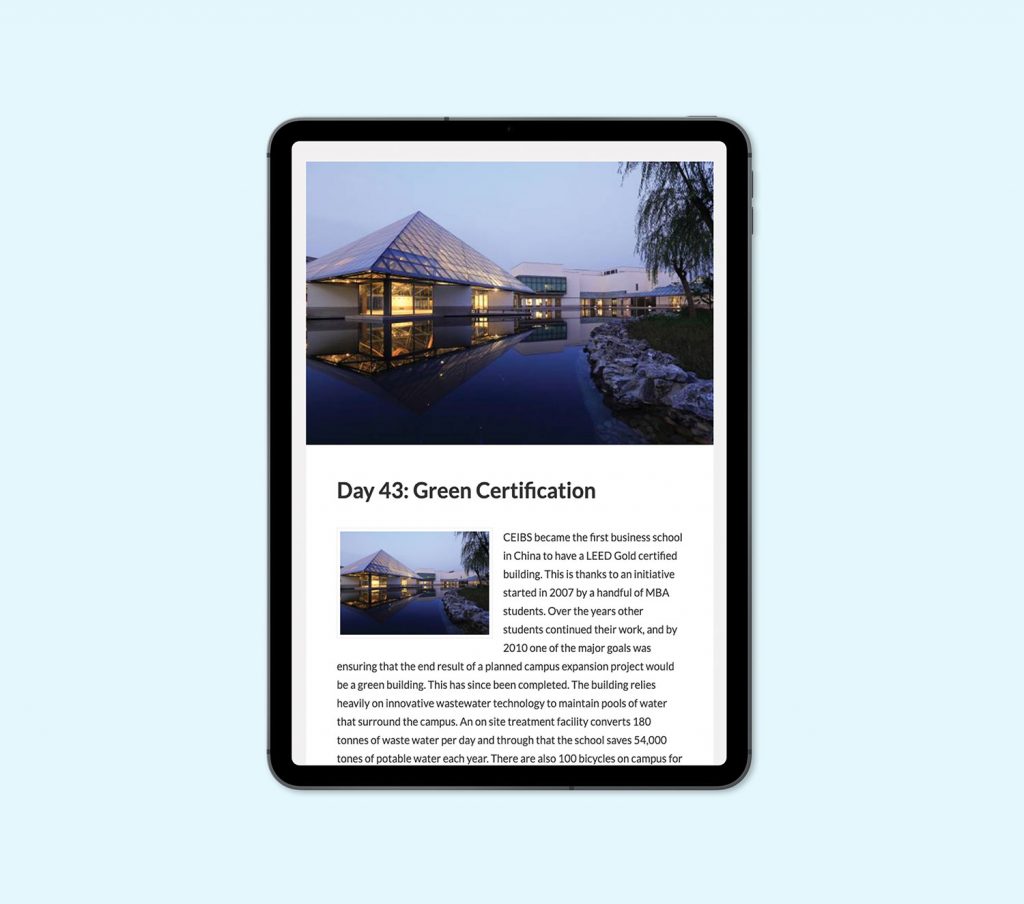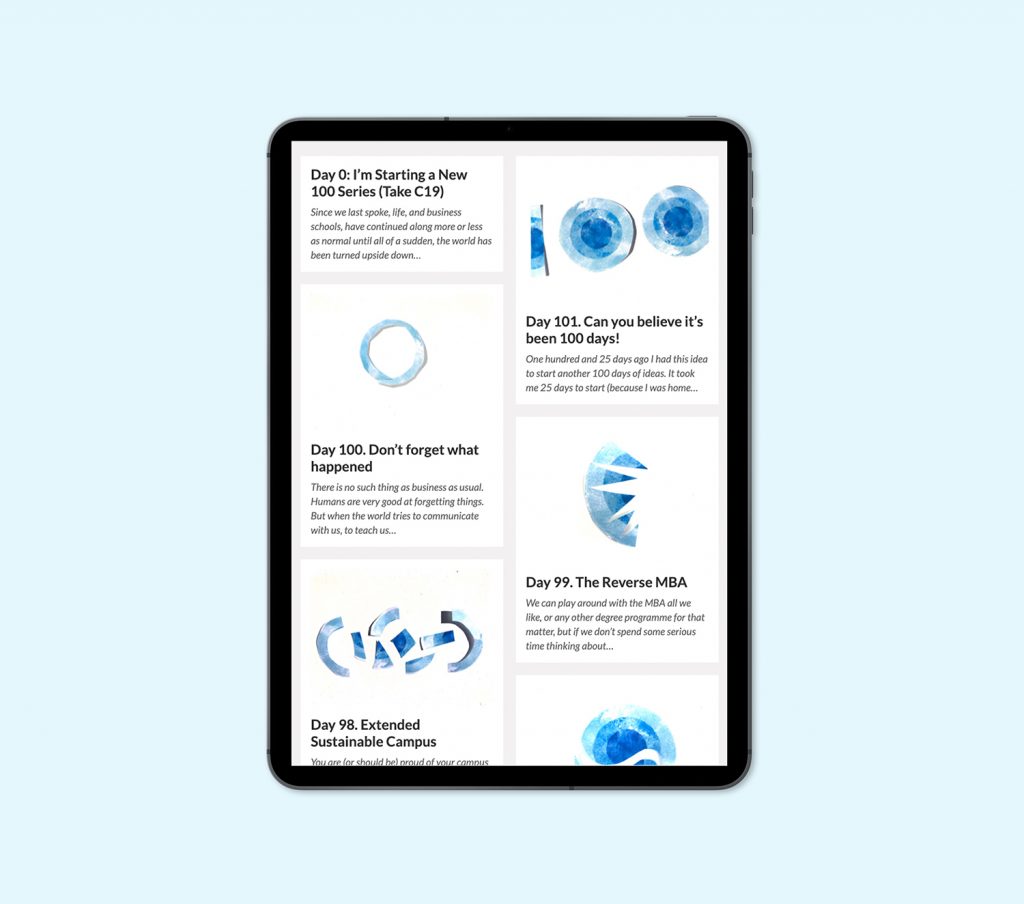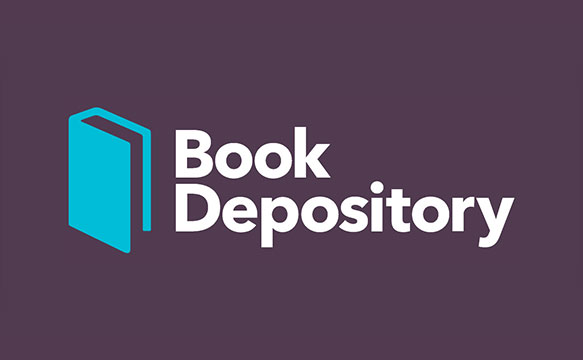
The Future MBA is an ongoing project focused on rethinking business schools to ensure that they train the kinds of leaders, managers, entrepreneurs and intrapraneurs that our businesses and the planet need. In 2014, I posted 100 ideas, one a day over 100 days, that explored what the future business school might look like. I repeated this exercise again in 2016 and most recently in 2020. Rather than a roadmap, the ideas are meant to be a source of inspiration. Some ideas could be put into practice tomorrow, some would require a complete rethinking of the way we view business education, and others are meant to encourage more ideas…and more action, to turn management education into a key player in moving the sustainability agenda forward.
The ideas are just as relevant today as they were when they were first published and the books are still used by business school leadership, staff and students regularly as a tool to rethink their offerings.

BOOK
The Future MBA
This book brings together 100 ideas on how to rethink management education to embed sustainability. It acts as a creative toolkit for individuals working in management education on how to design new and innovative products, services, and experiences for the with a focus on sustainability.
Buy it now on

2ND 100
Best Practices
The 2nd 100 highlights schools that had implemented ideas from the first 100 series as well as some of my favourite innovative approaches from around the world. Many of these examples are now available at list.giselleweybrecht.com.

3rd 100
Special SDG Series
,In 2020, at the start of the pandemic, I posted 100 ideas over 100 days exploring the future of business schools in the current SDG/COVID reality (and beyond), all still very much relevant today.




